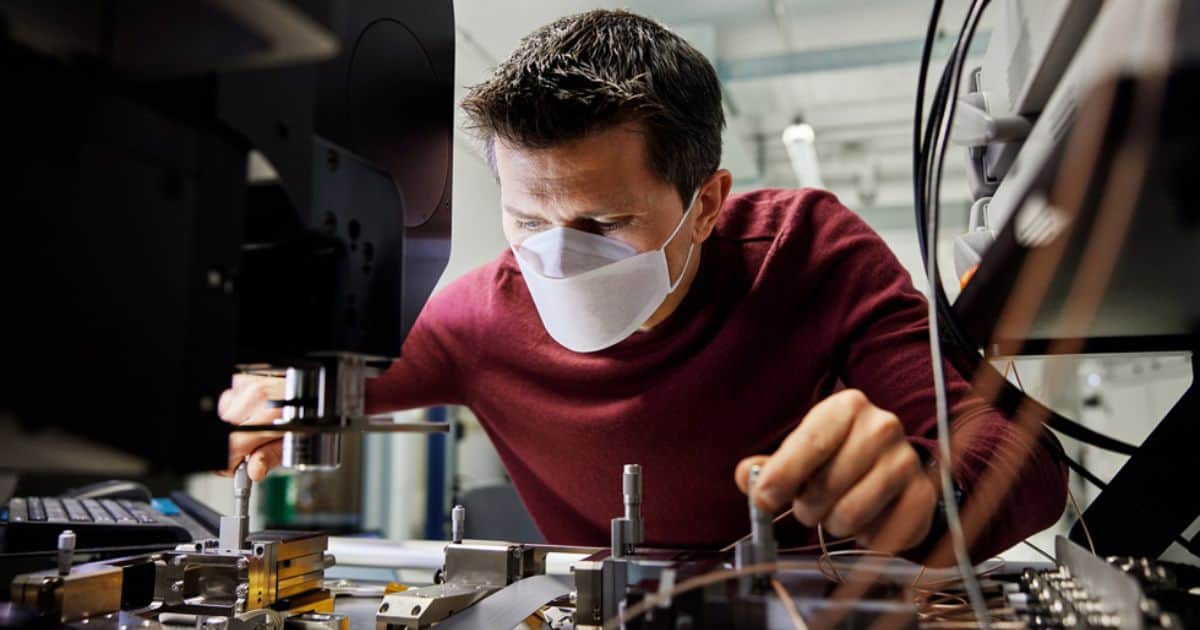Whenever you’re on the hunt for a new iPhone (while owning one), you have many offers, including an option to trade in your current phone for a discount while purchasing another. Have you ever wondered what happens to these iPhones?
The thing is, many of these devices function perfectly well and could remain usable for years. But then, why would any company promote schemes like trade-in or exchange? It’s a classic case of one man’s loss is another man’s gain, and in this scenario, replace “man” with the phone.
It’s not that trade-ins are an entirely wasted idea, considering that people can still rely on them for various reasons. These include situations where their device is too old to support new apps. It’s just that some apps now exclusively support iPhones running iOS 17 or newer. Or perhaps people desire the latest iPhone model available in the market.
According to a new report by Bloomberg, many of these devices still function perfectly well and could be cleaned up and sold again. Yet, Apple paid another company, GEEP, to destroy more than a quarter of a million iPhones every year into scrap.
In the first two years of this deal, Apple provided GEEP with more than 530,000 iPhones, 25,000 iPads, and 19,000 Apple Watches. However, Apple discovered that GEEP didn’t destroy all the functioning iPhones as they had promised earlier. Nearly 100,000 iPhones meant to be scrapped were instead sent to China and sold there second-hand. One reason is that South Asian regions, including China, Japan, and India, remain a common sight for second-hand or refurbished iPhones.
These lawsuits exposed Apple’s disposal of hundreds of thousands of usable devices, suggesting that fewer used products could drive new sales. Subsequently, this clashed with Apple’s 2020 commitment to 100% carbon neutrality and preference for reuse.
